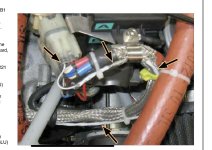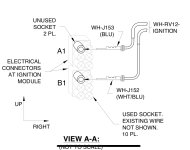E. D. Eliot
Well Known Member
Third short run on my 912 ULS today. We did not check the ignitions during the first runs as it started either hot or cold on the second or third blade every time and is a strong runner at all engine speeds. Idle is beautiful. This engine was purchased from Van's six years ago. We have found that with the engine running at all speeds when the "A" is shut off, the engine stops immediately. Troubleshooting suggestions please. Thanks.






